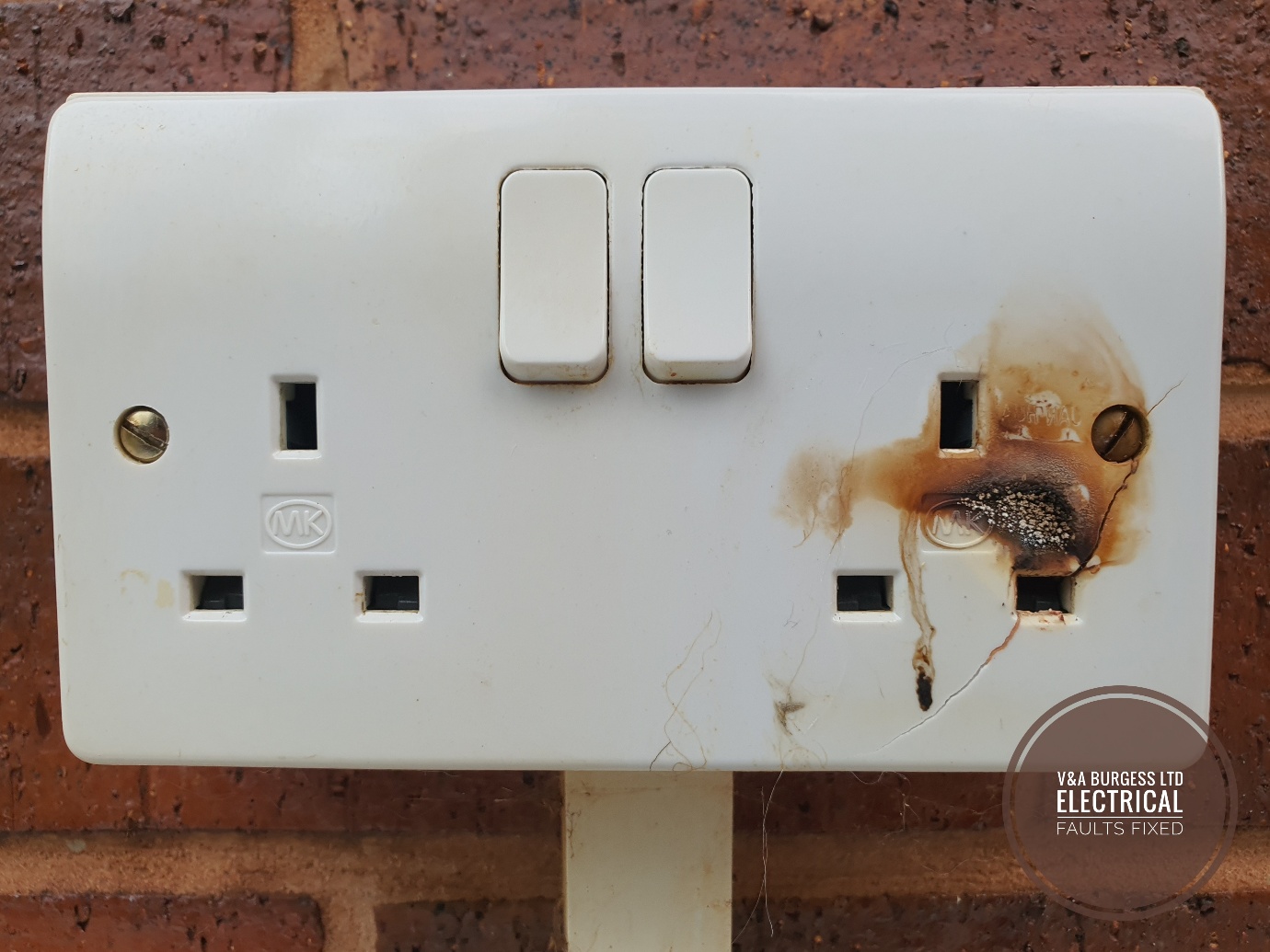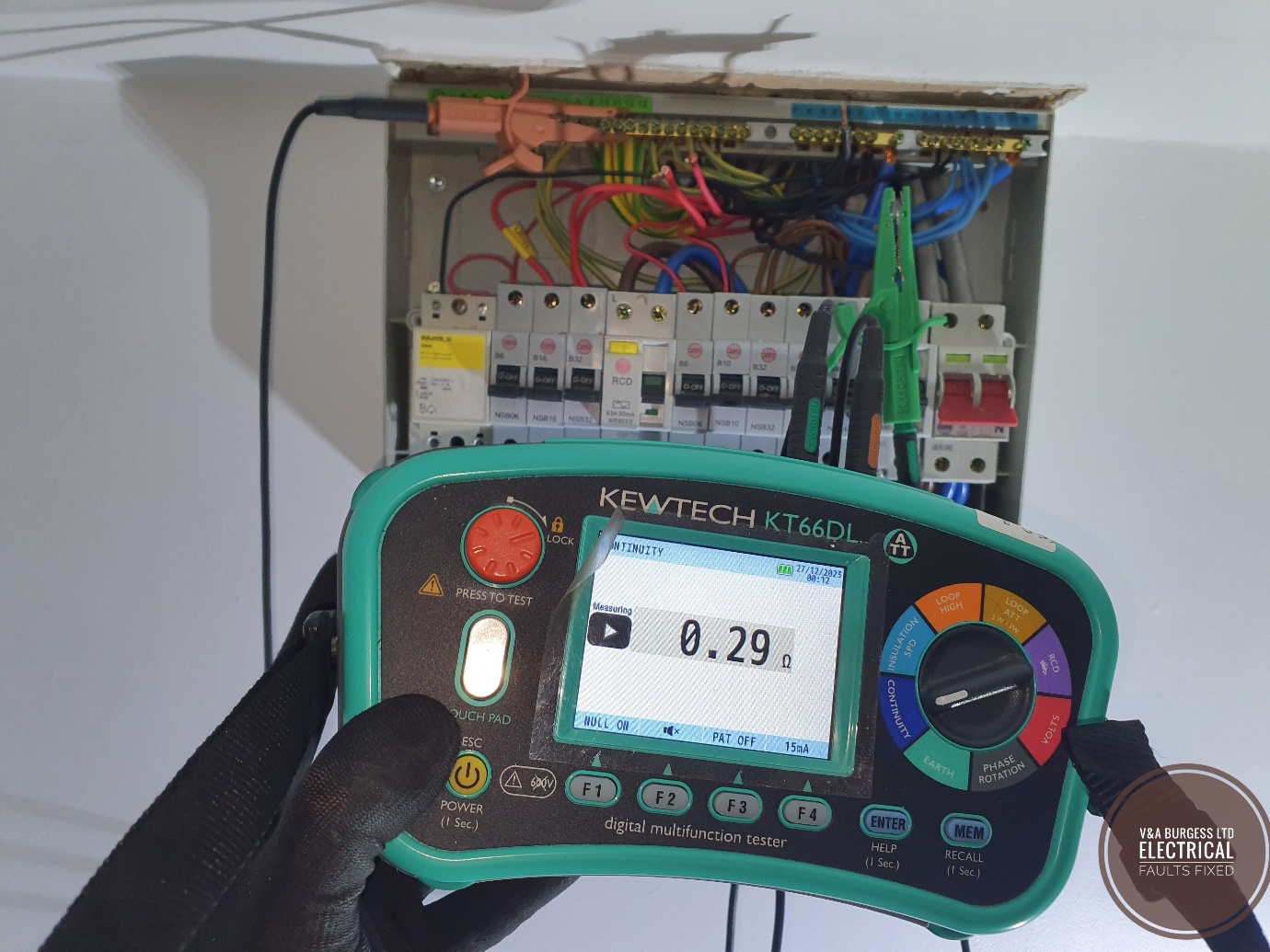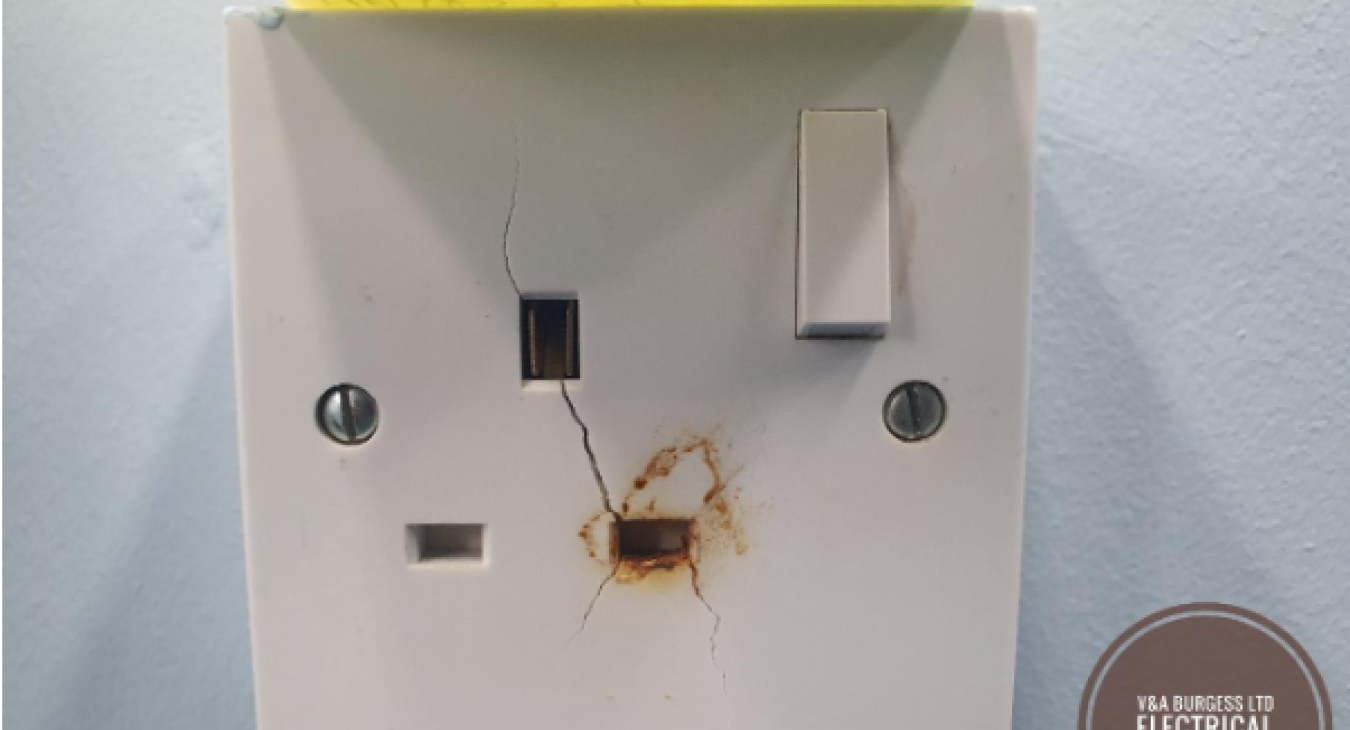As a professional electrician, I've often encountered concerns from homeowners about electrical outlets sparking when plugging in devices. While a brief, small spark isn't always a cause for alarm, larger sparks and flashes can indicate a serious problem.
Back to top1) When Is a Spark Normal?
Occasionally, when you plug an appliance into a wall outlet, you might notice a tiny, brief spark. This occurs because, as the metal prongs of the plug come close to the outlet's contacts, electricity can momentarily jump across the gap, resulting in a quick spark. This is similar to static electricity and is generally harmless. The effect is often more pronounced if your appliance is switched ON when you go to insert the plug into the outlet. As there is an electrical load waiting, the electricity can jump the gap and create a flash. Larger more powerful appliances that are switched ON at the time of plug insertion may cause a larger flash to occur.
Back to top2) Potential Causes of a Sparking Electrical Outlet
However, not all sparks are harmless. Persistent or large sparks can indicate underlying electrical problems that require immediate attention. Some common causes include:
- Short Circuits: When a hot wire (or line conductor) touches a neutral or ground (earth) wire, it creates a short circuit, leading to excessive current flow. This can produce significant sparks and poses a serious fire hazard. The spark is usually accompanied with a loud bang or popping sound.
- Overloaded Circuits: Plugging too many high-wattage appliances into a single socket outlet or power strip can overload the circuit, causing overheating and sparking. Splitting electrical loads across different circuits can help prevent overload.
- Loose Connections: Over time, the connections within an outlet can loosen as a result of expansion and contraction of different metals within terminations, leading to intermittent contact. This can cause arcing, resulting in sparks and excessive heat, which may damage the outlet and increase the risk of an electrical fire in your property.
- Faulty or Worn-Out Outlets: Old outlets can wear out, leading to poor connections that cause sparking. Most socket outlets across the world hold the pins of the plug by friction, as metals wear out the contact between socket outlets and plugs can weaken. Checking your socket outlets for damage and having regular electrical checks carried out can prevent problems. Swapping old socket outlets for new every 15 years or so will help prevent excessive wear and tear.
- Exposure to Moisture: Water damage or exposure to moisture can compromise an outlet's integrity, leading to corrosion and sparking. Ensuring outlets, especially those near water sources, are protected will limit the chances of electrical problems.
- Faulty Appliances: Sometimes, the cause of sparking isn't the outlet but the appliance itself. Damaged or malfunctioning electrical appliances can cause sparks when plugged in.

3) Recognizing Dangerous Socket Outlets
To determine if a spark is a sign of a serious issue, watch for the following warning signs:
- Frequent Sparking: If an outlet sparks every time you use it, regardless of the device plugged in, it indicates a problem with the outlet or circuit.
- Large or Prolonged Sparks: A significant or long-lasting spark is a red flag that requires immediate attention by a professional.
- Cracked Face: If the front of the outlet appears to be cracked then this could indicate wring damage behind.
- Burning Smell or Discoloration: A burning smell, scorch marks, or discoloration around the outlet are signs of overheating and potential fire hazards.
4) How to Prevent a Sparking Electrical Outlet
To ensure the safety of your home's electrical system, consider the following steps:
- Regular Inspections: Have a certified electrician inspect your home's electrical wiring and outlets periodically, especially in older homes, to identify and address potential hazards. At least every ten years is recommended for privately owned homes.
- Avoid Overloading Outlets: Be mindful not to plug too many high-wattage devices into a single outlet or power strip. Distribute appliances across multiple outlets to balance the electrical load. You can check the power rating of appliances here.
- Use Surge Protectors: Invest in quality surge protectors to safeguard your electronic devices from electrical surges and reduce the risk of sparking due to power fluctuations. Your electrician may be able to install a whole home surge protection device at the consumer unit or electrical panel to protect all the available circuits.
- Upgrade Old Outlets: Replace outdated or damaged outlets with modern equivalents. Where your consumer unit or electrical panel is aging, consider having this replaced and ensure that adequate electric shock protection is added in the form of Residual Current Devices (RCD) (UK and Europe) or Ground Fault Circuit Interrupter (GFCI) (USA, Canada).
- Address Faulty Appliances: Regularly inspect your electrical appliances for signs of wear or damage. If an appliance causes sparks when plugged into multiple outlets, it may need repair or replacement. Failing to tackle electrical appliance faults promptly can lead to serious issues, faulty wiring and even house fire!
- Educate Household Members: Ensure everyone in your home understands the importance of electrical safety, including recognizing warning signs of electrical issues and knowing when to seek professional help.

5) When to Call a Professional Electrician
If you notice persistent sparking, burning smells, or any signs of electrical problems, you must consult a licensed electrician promptly. Attempting to fix electrical issues without proper knowledge can lead to serious injuries or worsen the problem. A qualified electrician can diagnose the cause of the sparking and perform necessary electrical repairs to ensure the safety of your home.
Back to top6) Conclusion
While a small, brief spark when plugging in an appliance can be normal, consistent sparks, large sparks, crackling or popping sounds are indicative of potential dangers such as electrical fires or shocks. Regular maintenance, proper usage of outlets, and prompt attention to warning signs are important steps in safeguarding your home. Always prioritize the safety of your electrical system and consult with a professional electrician to address any electrical issues.
Back to top
Read more articles
- Inicie sesión para enviar comentarios

